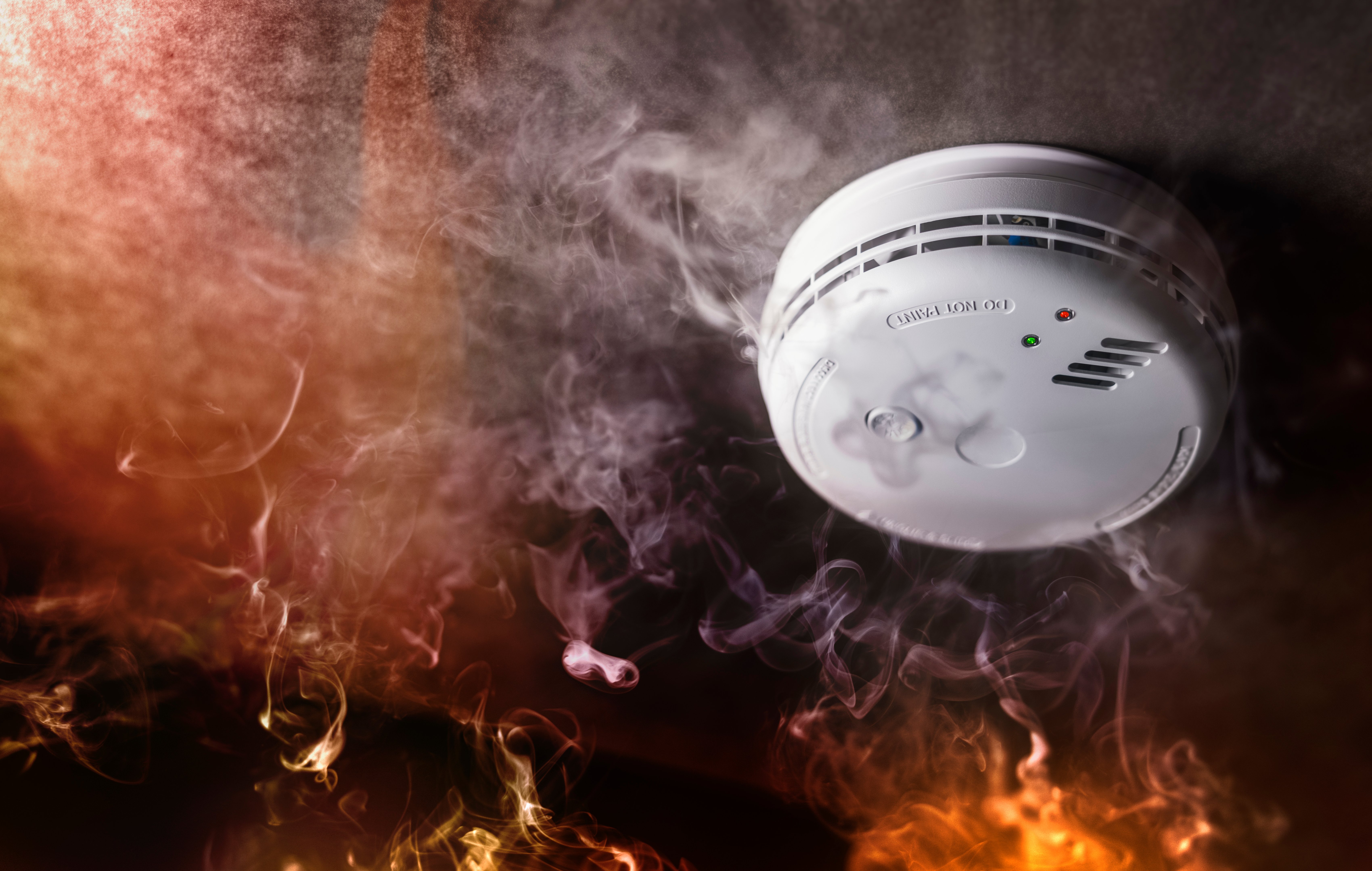Sprinkler Systems: Maintenance Best Practices

When it comes to protecting your building, its contents, and the people inside of it, your fire sprinkler system is a critical line of defense. Having a system in place isn’t enough – it should be regularly maintained, inspected, and understood for it to properly function when you need it most.
Hydraulic Data Plate
The small red placards attached to sprinkler risers, otherwise known as hydraulic data plates, contain key information about sprinkler systems. The hydraulic data plate should:
- Be securely attached to the riser and legible.
- Reflect the correct design criteria for the system.
- Have accurate information about the system's location, number of sprinkler heads, basis of design, system demand, etc.
If your riser does not have a hydraulic data plate, contact a licensed sprinkler contractor to get one installed as soon as possible.
Schedule Regular Inspections
Routine and regular inspections are one of the most important tools to gauge if your sprinkler system is properly functioning. Be sure to always use a licensed fire protection contractor who follows National Fire Protection Agency (NFPA) standards.
- Quarterly Inspections: Involve routine visual checks and functional tests of a fire sprinkler system's components, such as control valves, alarm devices, and the main drain, to ensure proper operation and readiness. These inspections focus on accessible parts and are performed four times a year.
- Annual Inspections: These are a more comprehensive check that includes a visual inspection of sprinkler heads, gauge pressure, valve status, water flow testing, alarm device testing, alarm panel verification, and system obstructions.
Main Drain Testing
The main drain test should be performed at least once a year as part of the regular annual inspection according to NFPA standards.
The test will identify:
- Static pressure
- Residual pressure
- Any significant changes from previous tests
This data should be recorded and kept on file with the findings, the date the test was conducted, and who completed the test. A standard log tag can be added to the sprinkler riser to record this information. Any significant changes in pressure should be investigated immediately.
5-Year Internal Pipe Inspections
Every five years, a sprinkler system needs an internal inspection from a licensed fire protection contractor to check for and clear:
- Corrosion and rust
- Microbiologically influenced corrosion (MIC)
- Obstructions or debris
This is especially important in older systems or those with a history of water quality issues. The inspection involves draining the system, removing end caps from main lines, and inspecting components like the riser, check valves, and sprinkler heads. If obstructions are found, a more in-depth investigation and system flush are performed to ensure the system will be fully functional during a fire emergency.
A properly maintained sprinkler system is important to ensure that your system is functioning as it was designed to so that in the event of a fire your building, its contents, and occupants are protected. By following these best practices, you’re taking proactive steps to help ensure your system is always ready to respond.
For more information, visit the National Fire Protection Agency.
